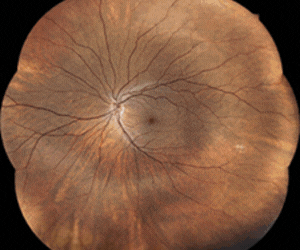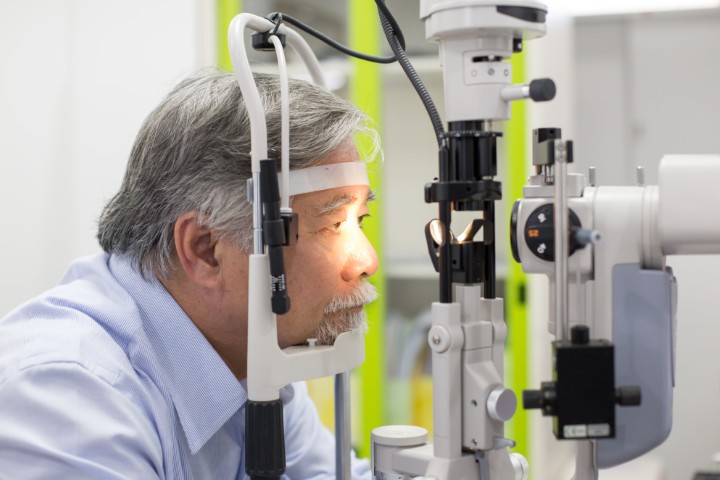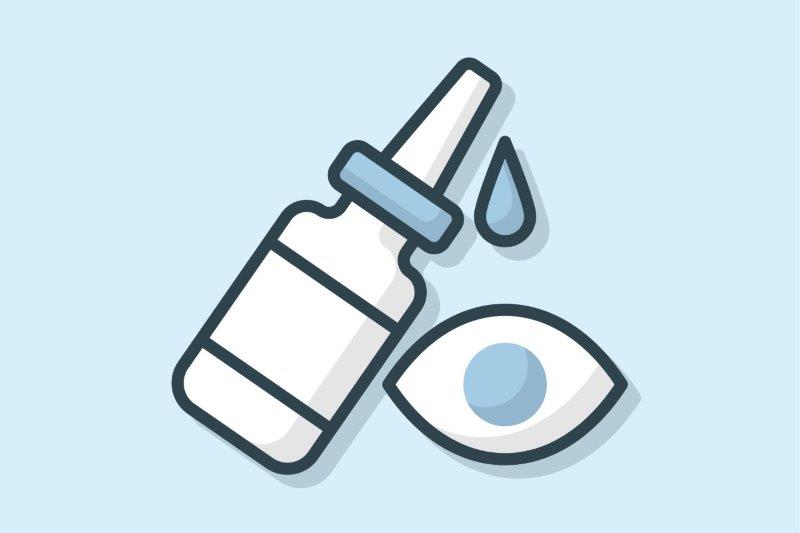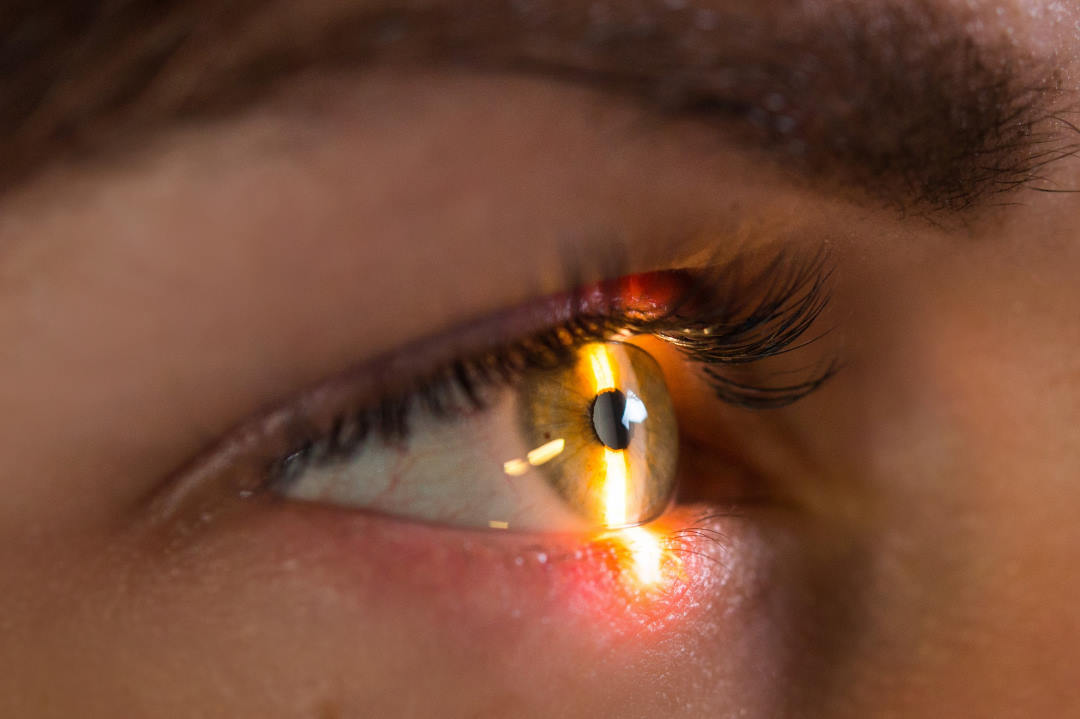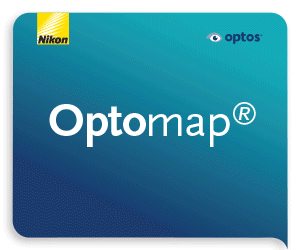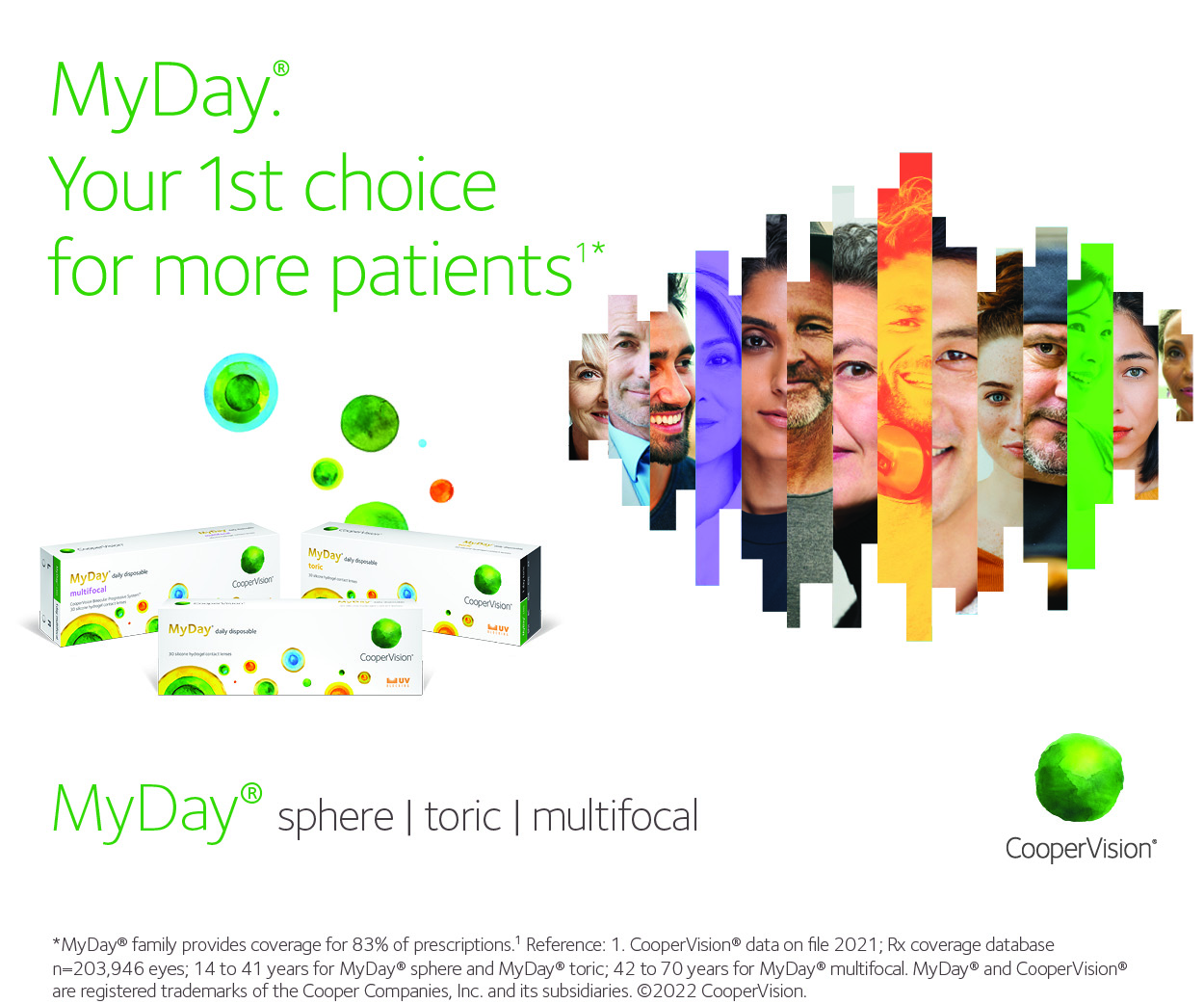AI identifies ocular therapeutic targets
US researchers have used artificial intelligence (AI) models to identify peptide components best suited to safely delivering therapeutic drugs to animal eye cells.
The Wilmer Eye Institute, Johns Hopkins Medicine in collaboration with the University of Maryland, ‘fed’ thousands of data points on amino acids into the AI model, which then predicted 127 peptides which could bind to melanin in rabbit eye cells and potentially safely dispense medications over several weeks. Of these 127 peptides, a peptide known as HR97 best met the criteria, leading researchers to attach HR97 to the intraocular pressure (IOP)-lowering drug brimonidine and inject it into adult rabbit eyes. They reported high concentrations of the drug persisted for up to one month and confirmed brimonidine’s IOP-lowering effect lasted for up to 18 days when bound to HR97. There was no indication of irritation in the rabbits’ eyes, they said.
“We believe we are well on the way to finding solutions in trying to improve patient care and quality of life using drug delivery systems,” said Professor Laura Ensign, study co-author and vice-chair for research at the Wilmer Eye Institute (nanomedicine division). “The ultimate goal is creating something that we can translate out of the lab and actually make people’s lives better.”






